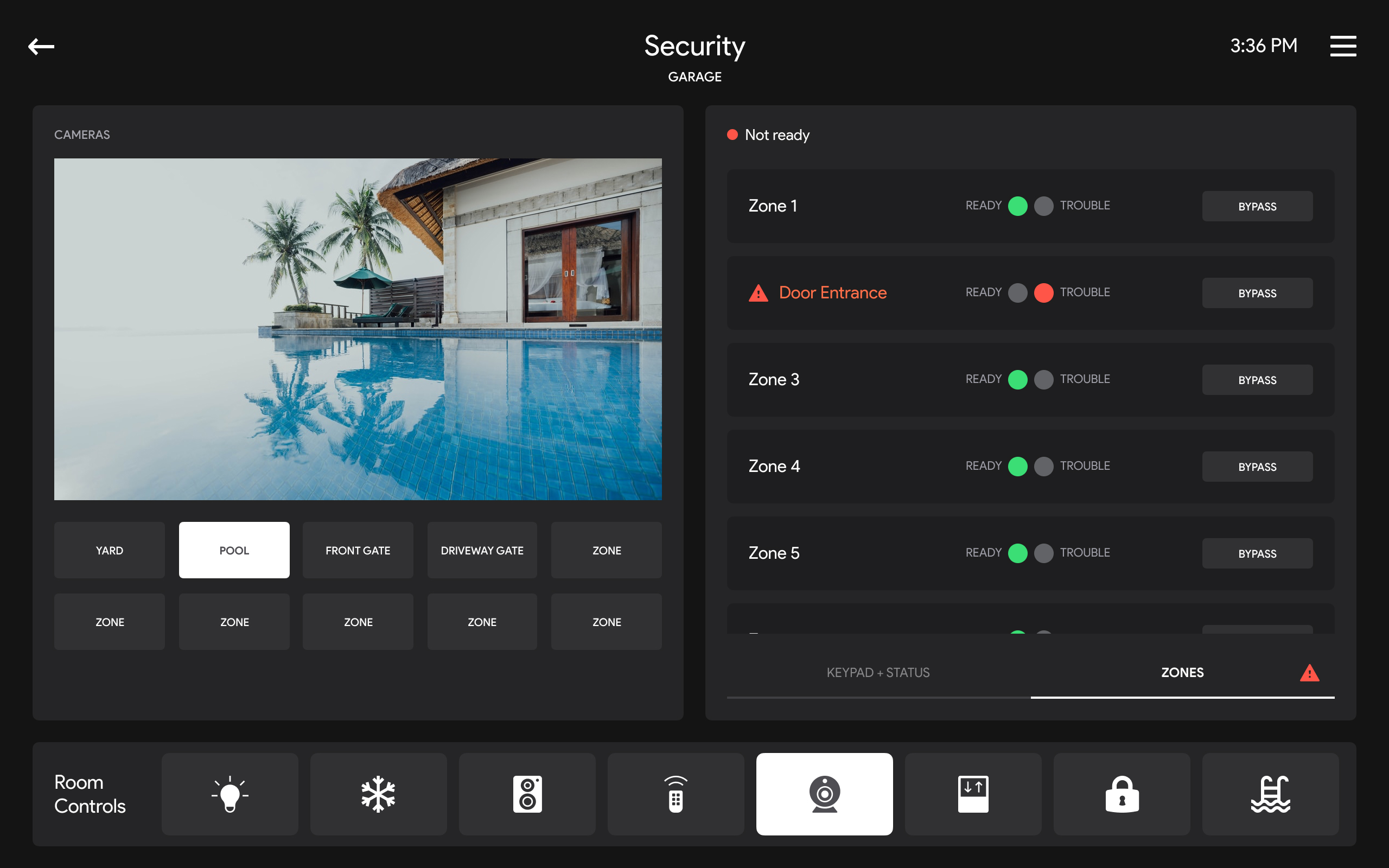


The new group is added to the Authentication Management table. Enter the group name and select the access level exactly as it is configured on the Linux platform.

With the Crestron Virtual Control service running, navigate to Settings > Authentication Management in the web user interface.Create authentication groups on the Linux platform, and add users to the groups based on the desired access level for each user.To enable authentication for secure CIP connections: NOTE: If the Secure Gateway Mode is changed to Only secure while a non-secure device connection is active, including a connection to the web XPanel interface, the non-secure connection is not terminated automatically. Select Save from the Actions drop-down menu on the top right of the screen to save any changes.Non secure from local subnet, only secure from remote subnets: Nonsecure device connections from local subnets are accepted by the server, but only secure device connections from remote subnets are accepted by the server.Secure and non secure: Both secure and nonsecure device connections are accepted by the server.Only secure: Only secure device connections are accepted by the server.Use the Secure Gateway Mode drop-down menu to select one of the following options:.With the Crestron Virtual Control service running, navigate to Settings > System Setup in the web user interface.To configure secure gateway mode settings for the Crestron Virtual Control server: Secure device connections are established by configuring the secure gateway settings for the Crestron Virtual Control server or by enabling authentication for secure CIP (Cresnet over IP) connections. The Crestron Virtual Control server provides settings for configuring secure device connections between the server and controlled devices. The following sections describe the procedures that must be performed to harden the Crestron Virtual Control server, as well as other recommended security protocols. Harden the Crestron Virtual Control Software


 0 kommentar(er)
0 kommentar(er)
